History of Indian Head Massage Also Called Champissage or Champi
Around 600 BC Indian head massage (champissage or champi) was first documented in the texts of Ayurveda (Knowledge of Life). Generally it is said the women of the family originally practised champi. It was derived from ancient grooming rituals. The name of the therapy, champissage was derived from ancient Sanskrit words. Oils can be massaged into hair to strengthen, condition and created a luxurious texture in it. It became a popular complementary therapy after Narendra Mehta came to Britain to study and was disappointed when massages he had did not include the head.
Ayurveda (Knowledge of Life)
The Ayurveda is a group of ancient texts that were originally written around 600 BC. The name of the texts is derived from the 2 Sanskrit words aura, which means life and veda, which translates to knowledge. Its subject matter is that of healing in the main part. It is the original works that many alternative and complementary therapies are derived from on the Indian subcontinent.
Ancient Indian Family Grooming by Women
Originally Indian head massage techniques were used within a family unit. Back then it was only the women who were using champissage on their children and other family members. Wax M. (1957) points out that grooming denotes the status of the matriarch of the family. So this ancient ritual can be seen as a way to make a statement about who is the female head of the family. This grooming ritual was originally limited to the scalp and hair on the head.
The Origins of Shampooing Might Surprise You
Today men and women, boys and girls all use these ancient techniques regularly. If you can appreciate, you massage your head when you are shampooing your hair. Having someone else do it for you is an even more pleasing. There is also a link between the sound of the words champi and shampooing. Oxford Dictionary tell us the word shampoo originates from the word campo in the Hindi language meaning to press.
Oil on Your Scalp - Yes or No?
Oils can be used but, it is not a requirement. If it is used on dry (as opposed to wet) hair, oil will strengthen, condition and created splendid texture in the hair. There are conflicting arguments as to whether you should massage oil directly onto the scalp. Chande J (2012) quotes renowned hair stylist Rod Anker as saying oil on the scalp is not a good idea as it will block hair follicles. Also it will change the ph level on your scalp. Ph levels of the skin affect what happens to the hair follicles and how much natural skin oil (sebum) is produced. On the other hand, it is well known that oils can be good to manage dry and damaged hair. So applying it to hair rather than the scalp might be the way forward if it is used in the treatment.
Narendra Mehta Invents Modern Indian Head Massage
Narendra Mehta was blind from childhood. Still he made a good life for himself and became educated. After he came to England in 1978 to train in physiotherapy, he became upset that when given a full body massage, head massage did not take place. He had been brought up with champi in his family routine. He knew the benefits of it. So seeing a gap in the market returned to India to study it. In his studies he found that including massage to the upper body was more beneficial than just the ancient champissage techniques, which were limited to the scalp and hair.
He later returned to England and set about practising his new therapy. He heard about the Mind, Body and Spirit exhibition at London Olympia in 1981. So he set up a stall there to show people what he could do for them. People flocked to his stand to receive the treatment and word spread quickly. It was so popular people were returning the same day for more than 1 treatment. So, modern Indian Head massage was born.
References:
No Author (No date) Definition of shampoo in English: [Online] Available from https://en.oxforddictionaries.com/definition/shampoo (Accessed 01 08 2018)
Chande J. (2012) Is oiling really good for your hair? [Online] Available from https://www.vogue.in/content/oiling-really-good-your-hair/ (Accessed 02 08 2018)
Wax M.(1957) Themes in Cosmetics and Grooming [Online] Available from https://www.jstor.org/stable/2773134?mag=facing-ourselves-online&seq=1#page_scan_tab_contents (Accessed 03 08 2018)
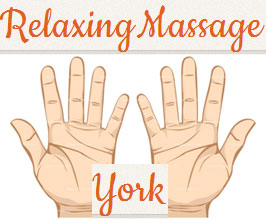


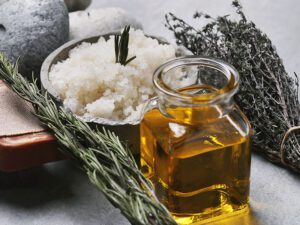
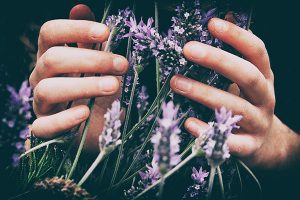
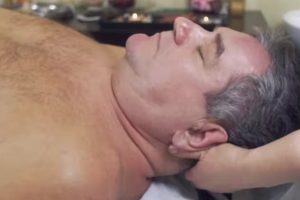
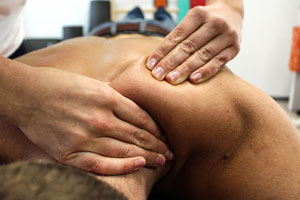


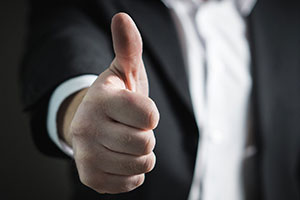
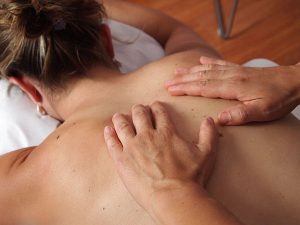
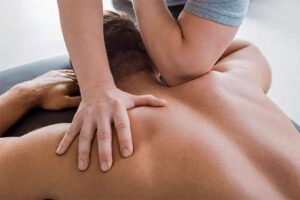
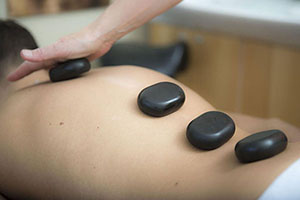
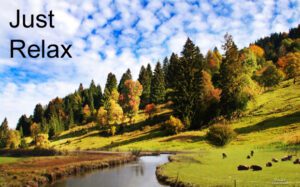

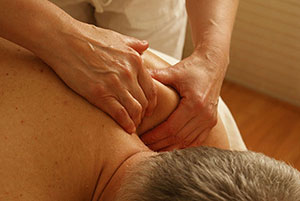
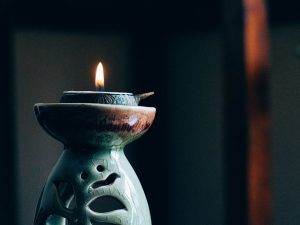
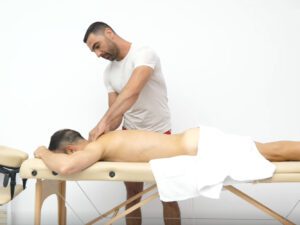
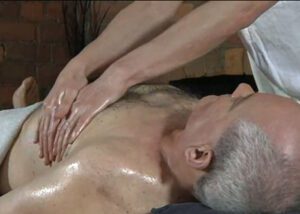
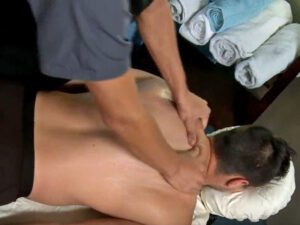
Greetings! Upon perusing this post, it evoked memories of my former flatmate who frequently delved into similar topics. Their enthusiasm for the subject matter inspired me to undergo training in it as well. As a student, I find this and other related articles to be a valuable resource and I intend to share it with my old flatmate. Thank you for sharing your insights!
You are very welcome Heather and thank you for you feedback. IHM is a good first step on the massage ladder. I wish you well in your studies. Kevin
Hi, Nice post. I am studying indian champissage for my qualification and I am wondering are there any good books you know of that will help me? Thanks in anticipation. Otto
Hi Otto. Thanks for your comment and that’s a great question. Only recently I went out looking for a book on this style of massage to refresh my knowledge. As it happens there is an authoritative text by the master of massage who invented it, Narendra Mehta. The book is called “Indian Head Massage: Discover the power of touch”. It is available on kindle or in print! If you want some reading material, I would really recommend this one. All the best, Kevin